Electric bike kits are comprehensive packages that convert a standard bicycle into an electric bike by adding components like a motor, battery, controller, throttle, and sensors. These kits allow riders to electrify their existing bikes affordably and efficiently, enhancing speed, range, and ease of pedaling without buying a new e-bike.
Which Types of Electric Bike Kits Are Available?
Electric bike kits come in three main motor styles: front hub, rear hub, and mid-drive. Front hub kits replace the front wheel for simple power. Rear hub kits provide more traction and are common for higher-powered options. Mid-drive kits fit at the pedals, giving better hill climbing and natural balance. Some kits use friction drive, pressing against the wheel for easy installation. Choose by compatibility, desired power, and bike type for optimal performance.
Electric bike kits generally come in three main types based on motor placement:
- Front Hub Motor Kits: Replace or retrofit the front wheel with a motorized hub, offering simple installation and balanced handling but less torque for hills.
- Rear Hub Motor Kits: Replace the rear wheel hub, providing better traction and power, though installation can be more complex.
- Mid-Drive Motor Kits: Install at the bike’s crankset, delivering power directly to the drivetrain for superior hill climbing and efficiency but often at higher cost and installation complexity.
Each type has advantages and trade-offs in power, ease of installation, weight distribution, and compatibility.
How Do the Core Components of Electric Bike Kits Work?
Core kit components include an electric motor (front, rear, or mid-mounted), a battery pack to store and deliver energy, and a controller that regulates motor output. Pedal assist or throttle controls allow riders to activate the system. Most kits also include a display for speed and battery info, and sensors to match assist levels with pedaling effort. These components work together to transform your regular bike into a smooth, efficient e-bike.
Electric bike kits include several essential parts:
- Motor: Located in the wheel hub or mid-drive position, it assists pedaling by providing additional power.
- Battery: Usually lithium-ion, mounted on the frame or rack, it supplies energy to the motor.
- Controller: The brain managing power flow between battery and motor based on sensor inputs.
- Throttle and Pedal-Assist Sensors: Allow riders to control motor assistance either by pedaling or throttle.
- Display Unit: Shows battery level, speed, and assistance mode.
These components work together to provide a seamless electric biking experience.
What Are the Benefits of Using Electric Bike Kits?
Electric bike kits offer affordable upgrades and flexible customization for existing bikes. They provide a cost-effective way to enjoy e-bike performance without buying a new bike. Key benefits include increased range and reduced physical effort, making it easier to commute, climb hills, or carry loads. Kits let you keep your favorite frame, maintain eco-friendliness, and choose motor and battery sizes that fit your own needs for speed and distance.
- Affordability: Convert your existing bike without purchasing a new e-bike.
- Customization: Choose motor power, battery size, and features to fit your needs.
- Sustainability: Extend the life of your current bike while reducing carbon footprint.
- Accessibility: Makes cycling easier for longer distances, hills, or commuting.
- Flexibility: Kits can be removed or transferred between bikes.
How Do Popular Electric Bike Kits Compare?
Popular kits vary by performance and installation style. Front hub kits (like Swytch or Cytronex) are lightweight and simple for commuters. Rear hub versions offer more torque for heavier loads. Mid-drive kits (like Bafang) excel at hills but need more installation skill. Some, like the Rubbee, use friction drive for instant setup, while others offer more customization in battery and display options. Compare kits on compatibility, power, weight, ease of use, and included features.
| Kit Name | Motor Type | Motor Power | Battery Range | Installation Difficulty | Price Range | Notable Features |
|---|---|---|---|---|---|---|
| Swytch Go | Front Hub | 250W | Up to 40 miles | Easy | Mid-range | Lightweight, simple installation |
| Bafang BBS02B | Mid-Drive | 750W | Large | Moderate to Complex | Mid to High | Powerful, smooth torque, display |
| AW Electric Kit | Rear Hub | 1000W | Varies | Easy | Budget | Rear hub motor, throttle options |
| Cytronex | Mid-Drive | Moderate | Moderate | Moderate | Premium | High engineering quality, app support |
This comparison helps buyers select kits based on power, ease of installation, and budget.
How Easy Is It to Install an Electric Bike Kit?
Most kits are designed for simple setup on a wide range of regular bikes. Front hub kits are generally the easiest—just swap the wheel, connect the battery, and mount the display. Rear hub and mid-drive kits require more mechanical skill, sometimes involving drivetrain adjustments. All-in-one friction kits are the fastest to fit. Detailed instructions and plug-and-play connectors help most riders succeed, but complex kits may benefit from professional help for the best long-term results.
Installation varies by kit type but generally involves:
- Removing the existing wheel and replacing it with the motorized wheel (front or rear).
- Mounting the battery securely on the frame or rack.
- Connecting wiring harnesses between motor, battery, controller, throttle, and sensors.
- Installing the controller and display in accessible locations.
- Testing and adjusting to ensure smooth operation.
Many kits come with detailed manuals and online tutorials, making installation feasible for DIY enthusiasts.
Which TST EBike Models Complement Electric Bike Kits?
TST EBike offers 26-inch and 27-inch electric bike models designed for rough terrains like snow and sand, and daily commuting or mountain biking, respectively. While TST EBike provides complete electric bikes, their designs and components align well with the quality and performance standards expected from electric bike kits, ensuring compatibility and reliability.
Buying Tips for Electric Bike Kits
When purchasing an electric bike kit, consider:
- Compatibility: Ensure the kit fits your bike’s wheel size and frame type.
- Motor Power: Choose power suited to your terrain and riding style (250W to 1000W+).
- Battery Capacity: Select a battery that supports your typical ride distance.
- Installation Complexity: Assess your technical skills or seek professional help.
- Legal Compliance: Confirm the kit meets local regulations on motor power and speed limits.
- Brand Reputation: Opt for trusted brands like TST EBike known for quality and support.
- Warranty and Support: Check for good after-sales service.
TST EBike Expert Views
“TST EBike recognizes the growing popularity of electric bike kits as a cost-effective way to electrify existing bicycles. Our 26-inch and 27-inch models embody the durability and performance standards that complement these kits. We emphasize quality control and customer feedback to ensure riders receive reliable, powerful, and efficient electric biking solutions.” – TST EBike Product Specialist
Frequently Asked Questions (FAQ)
Q: Can I convert any bike with an electric bike kit?
A: Most standard bikes can be converted, but compatibility depends on wheel size, frame design, and brake type.
Q: How long does installation take?
A: Installation can take 1-3 hours depending on kit complexity and user experience.
Q: Are electric bike kits legal?
A: Kits must comply with local laws, often limiting motor power to 250W and speed to 15.5 mph.
Q: Can I use pedal assist and throttle with a kit?
A: Many kits offer both options, allowing flexible riding styles.
Q: How far can I ride with a converted electric bike?
A: Range depends on battery capacity and riding conditions, typically 20-40 miles per charge.

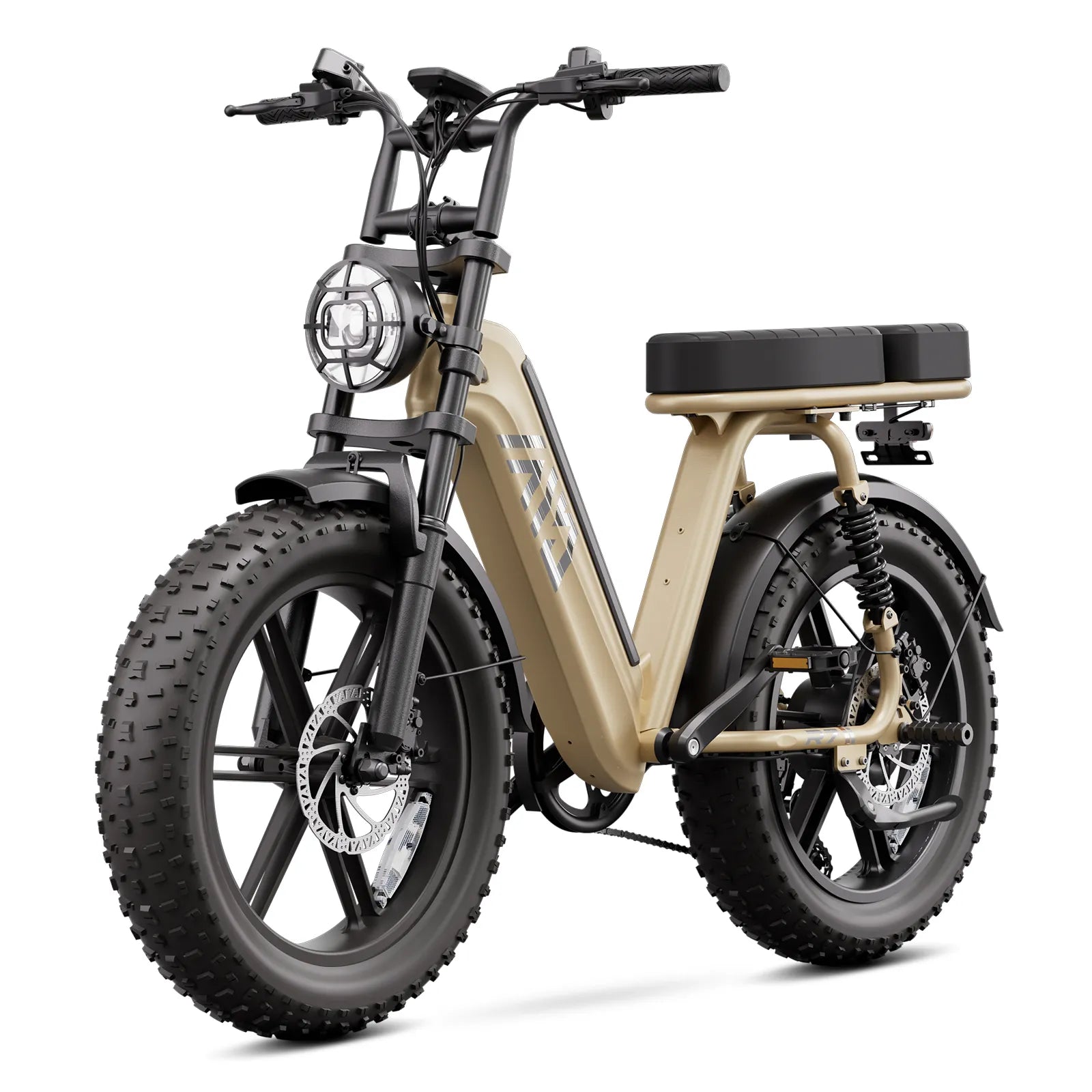


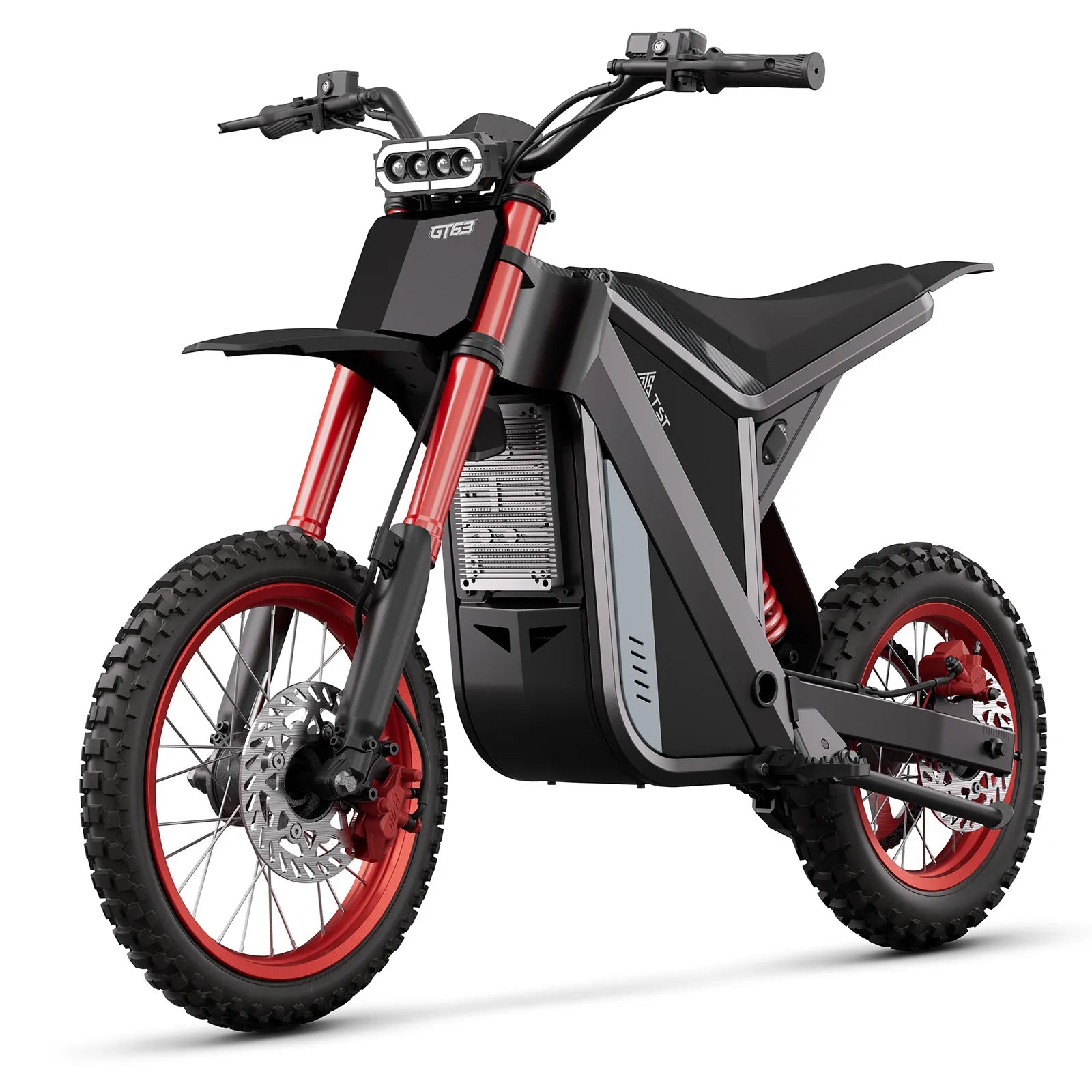
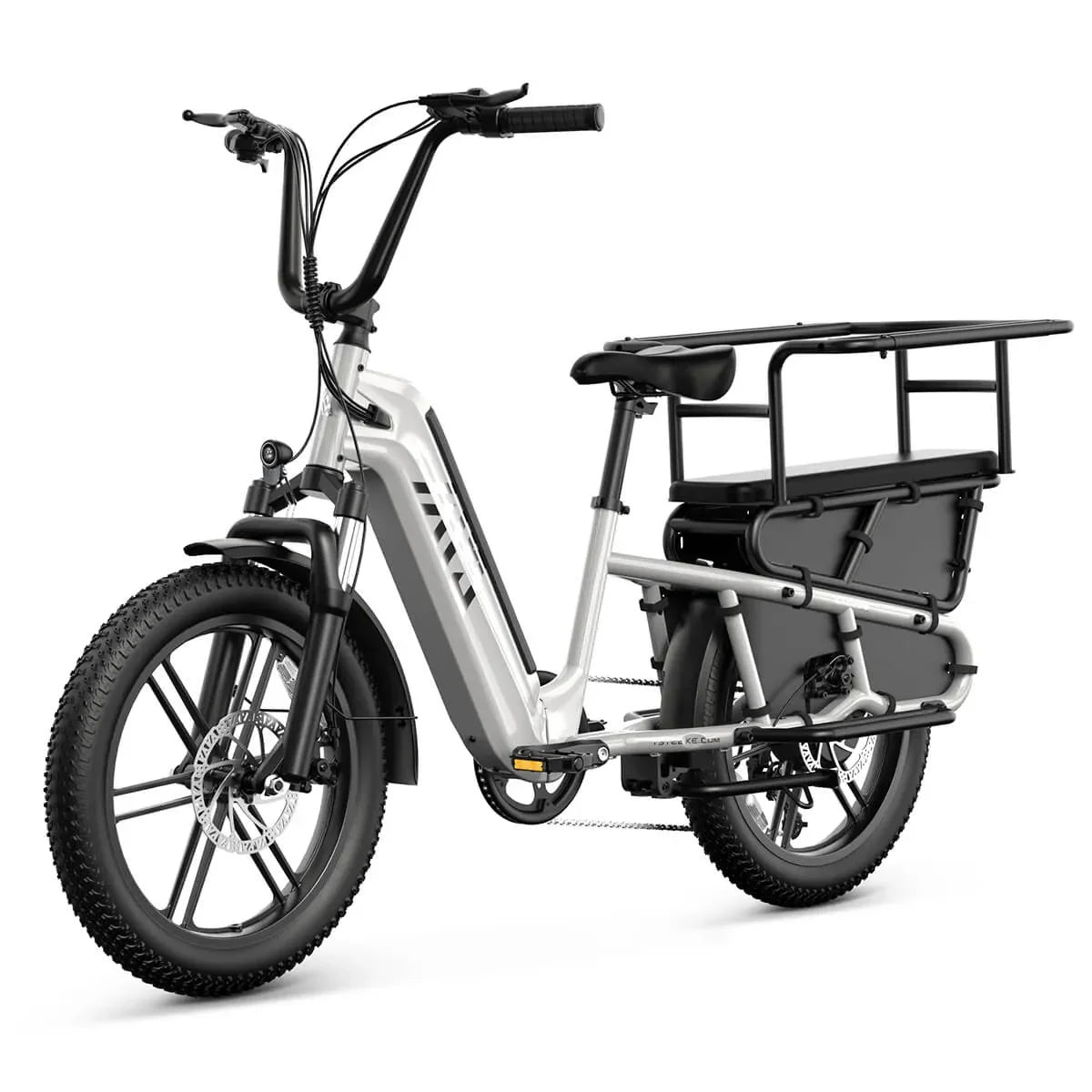
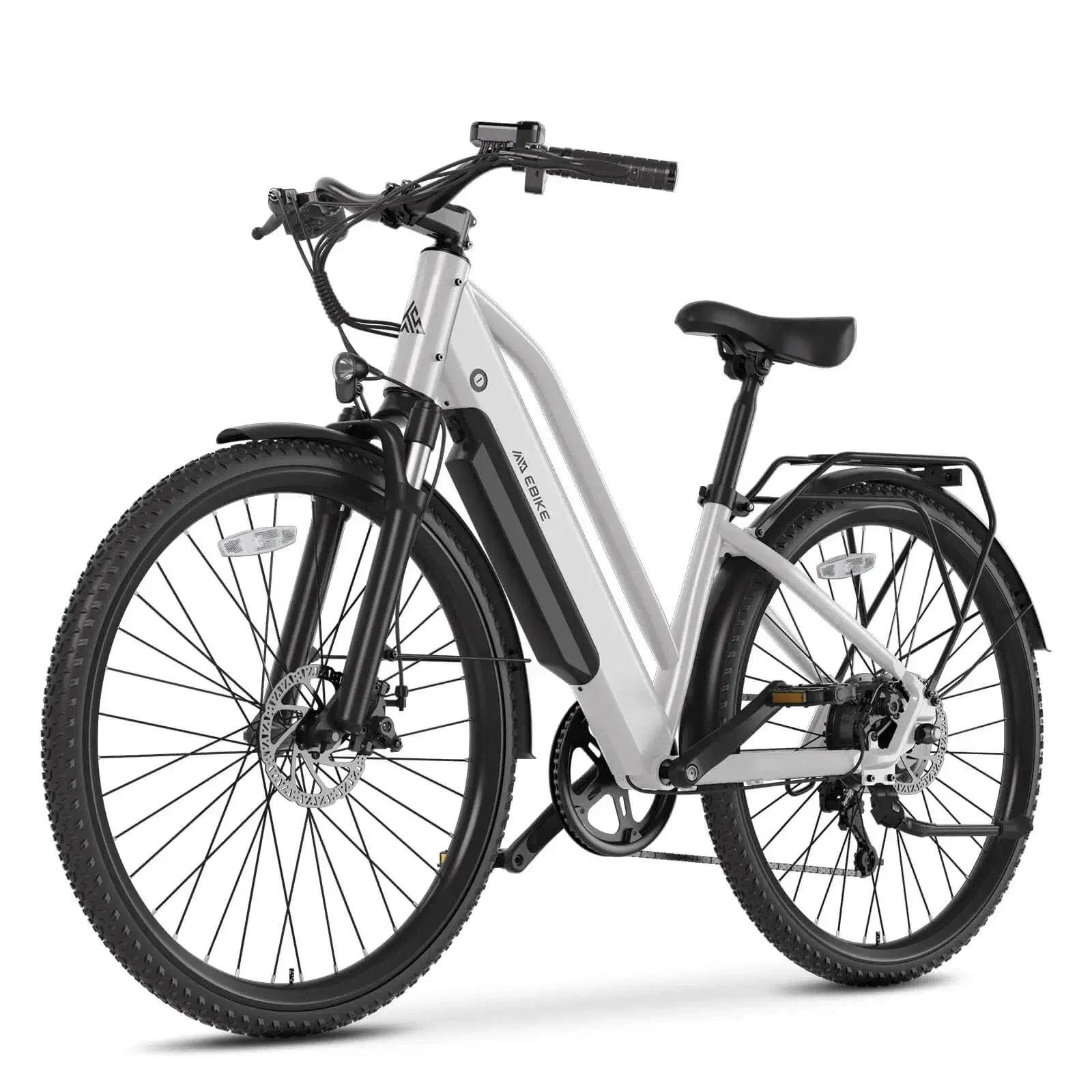
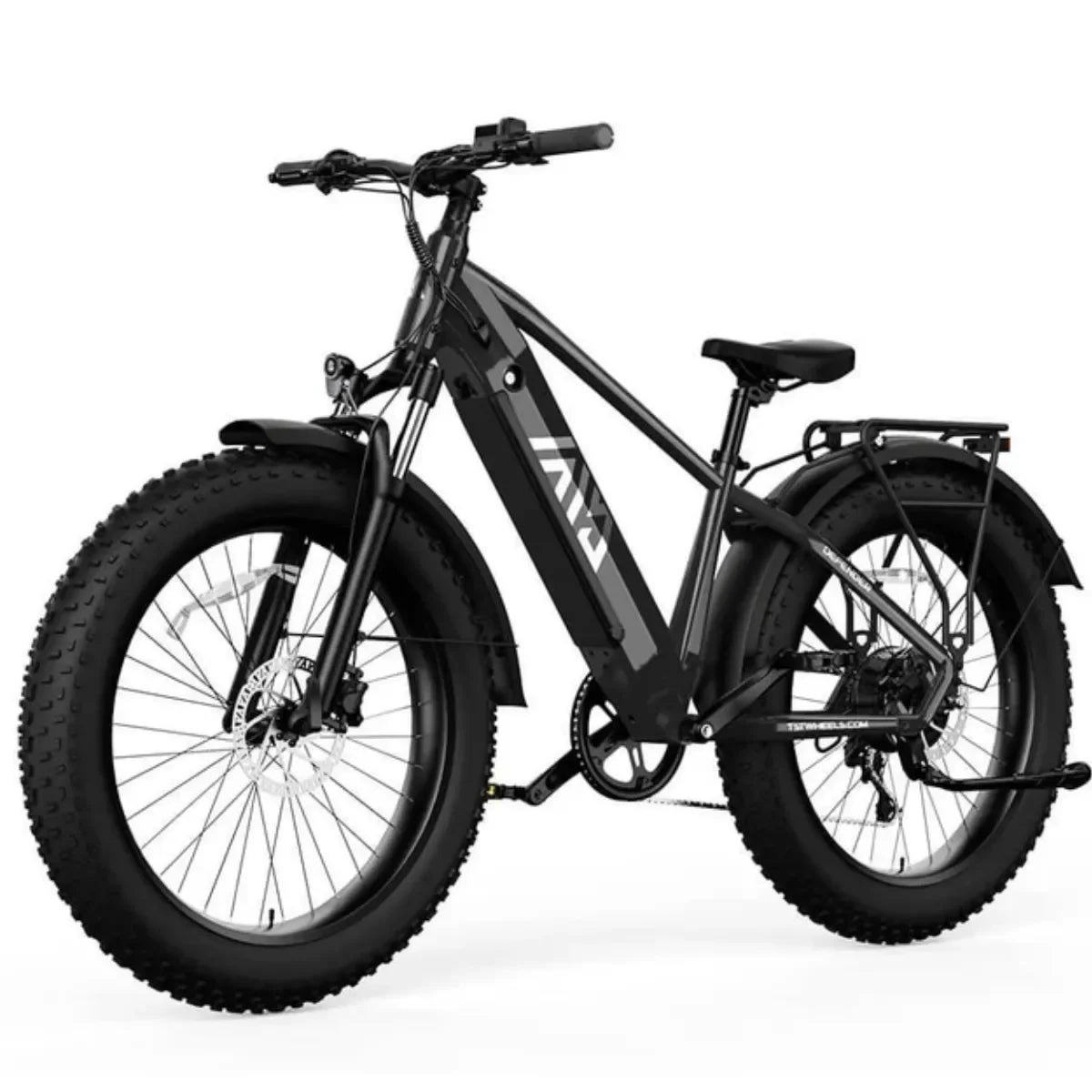
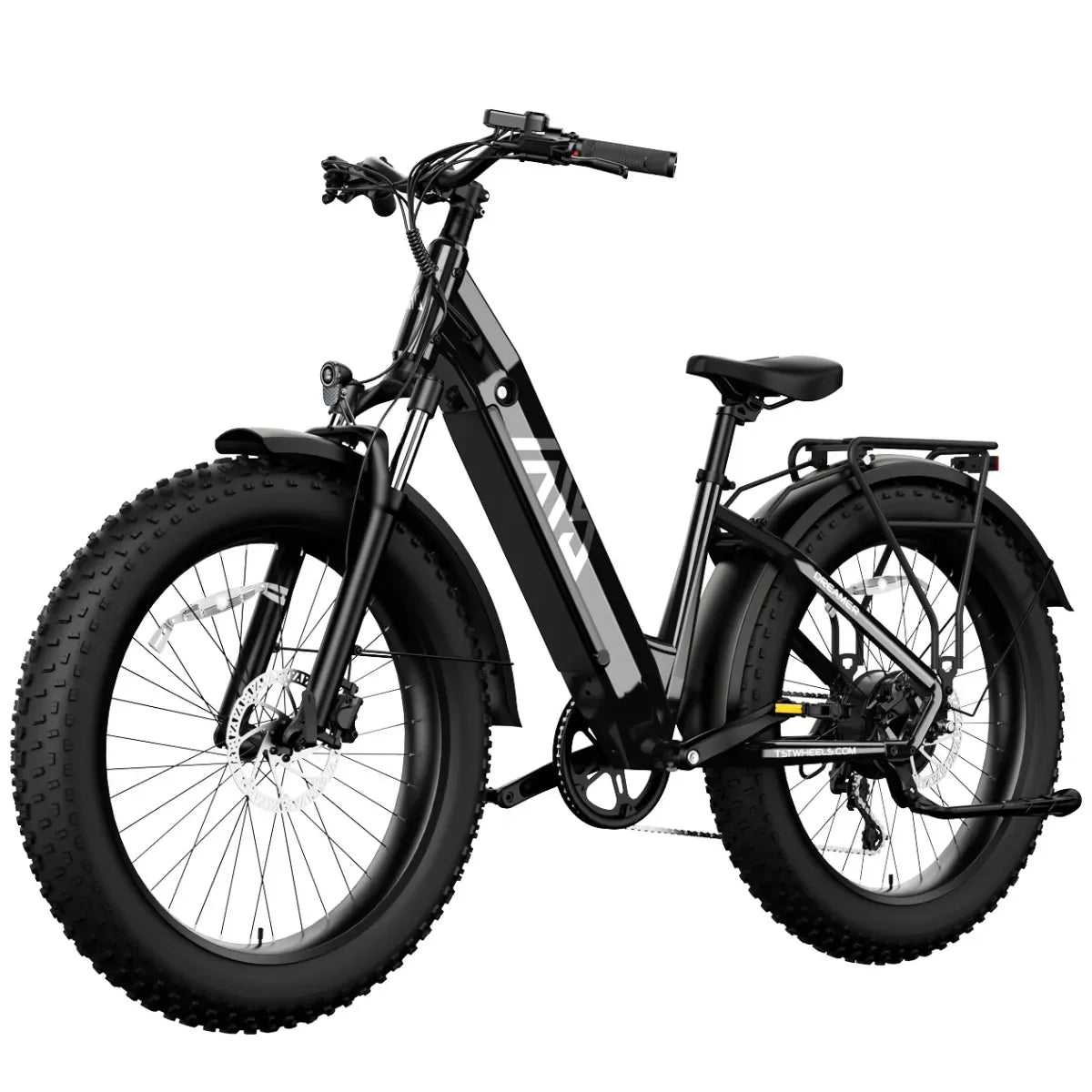
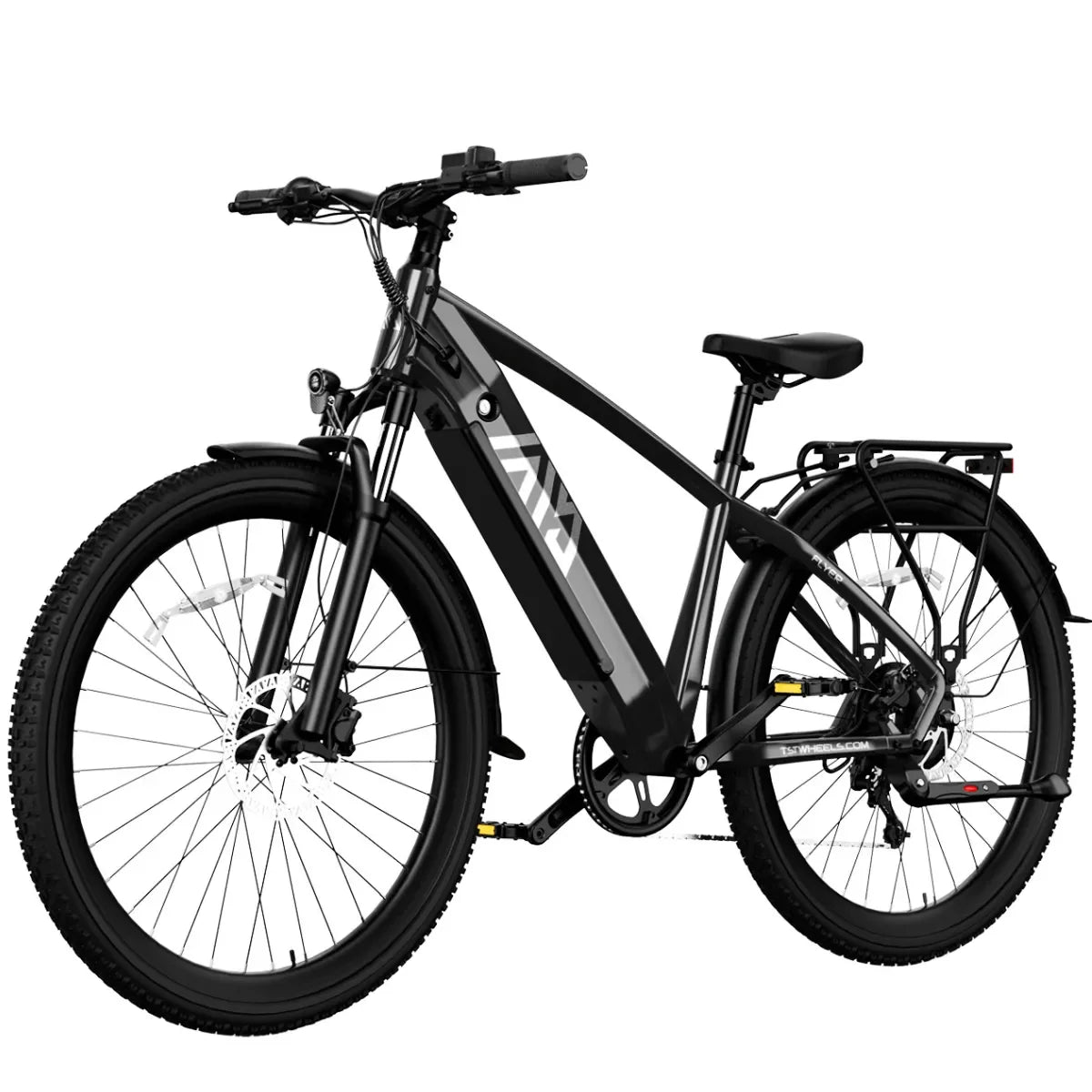
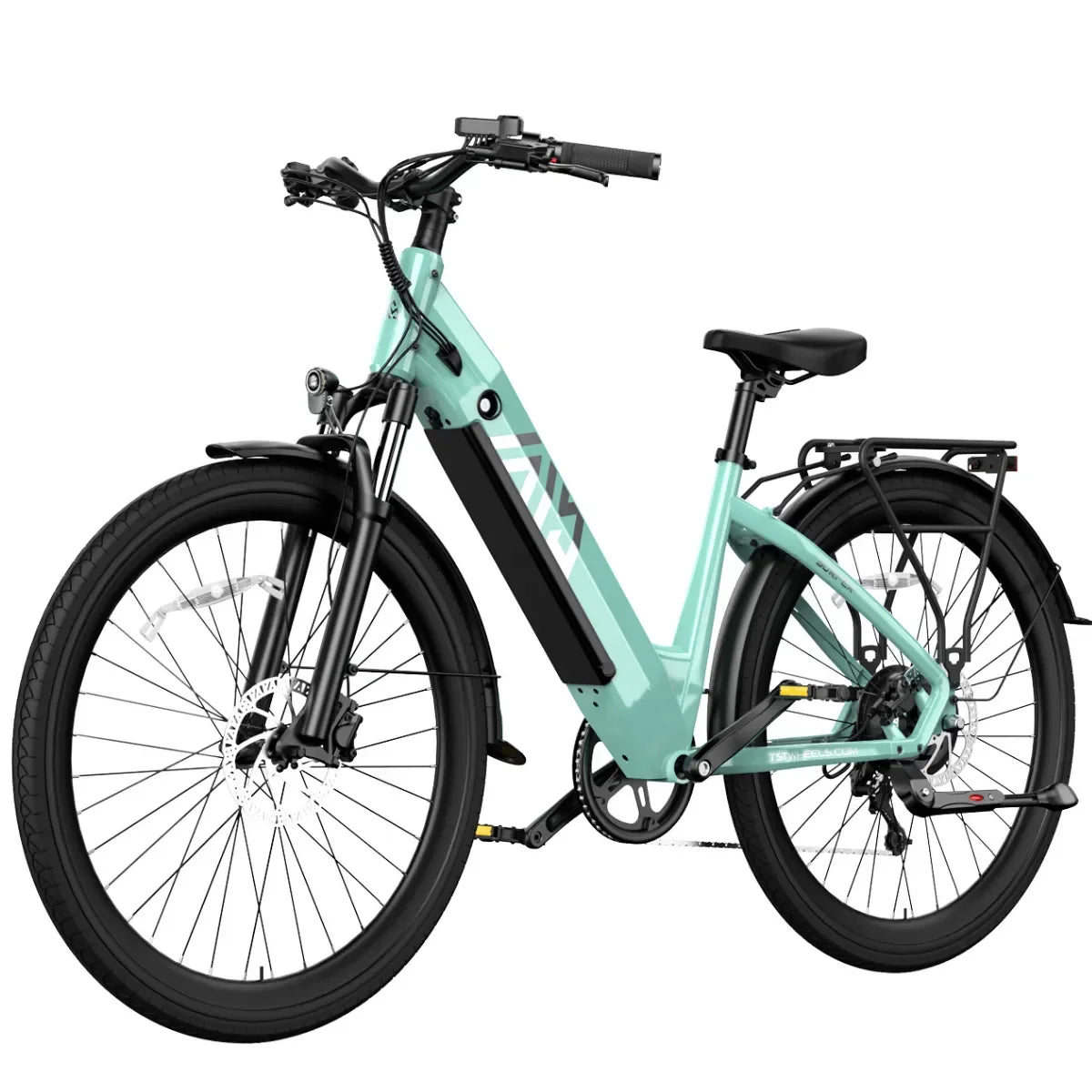
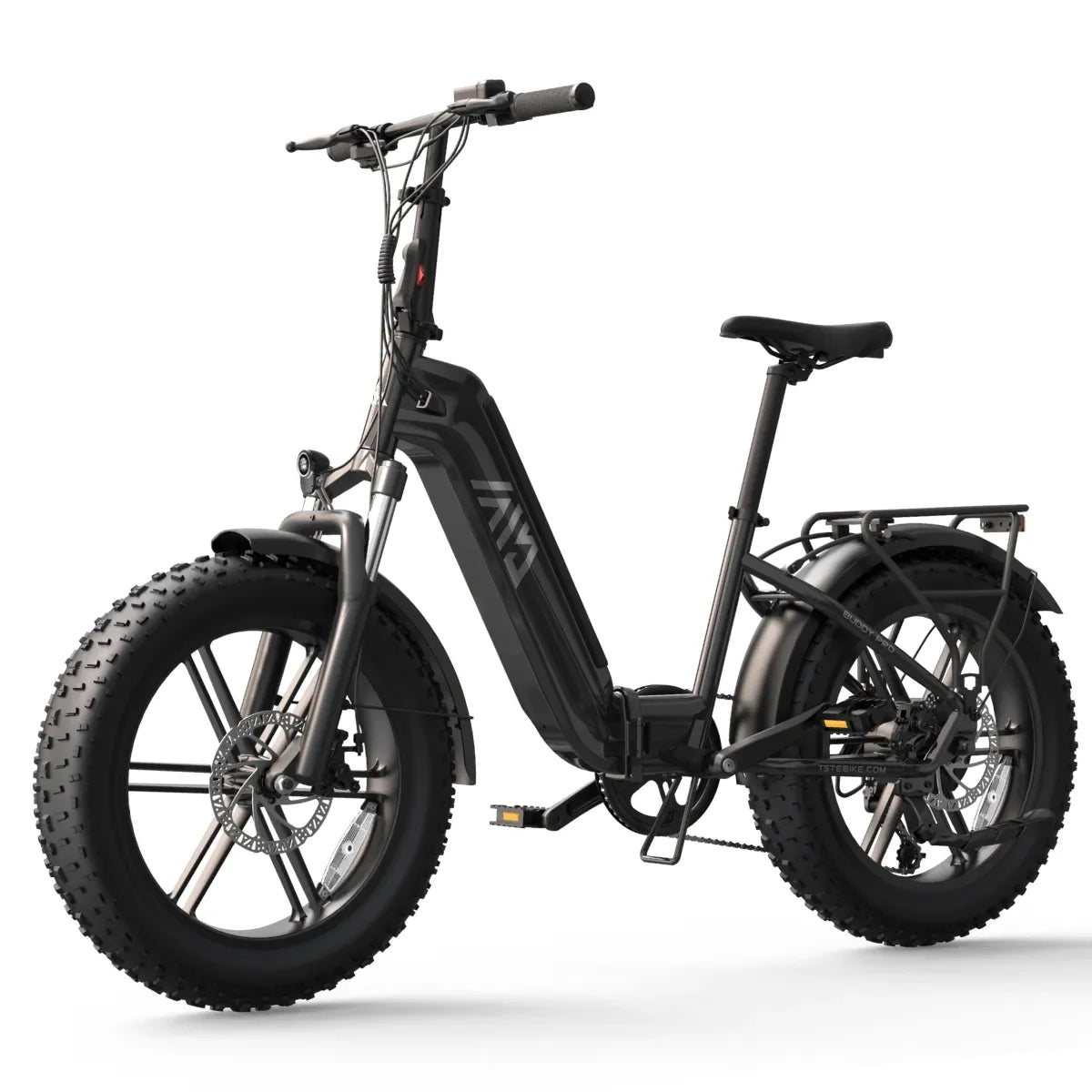
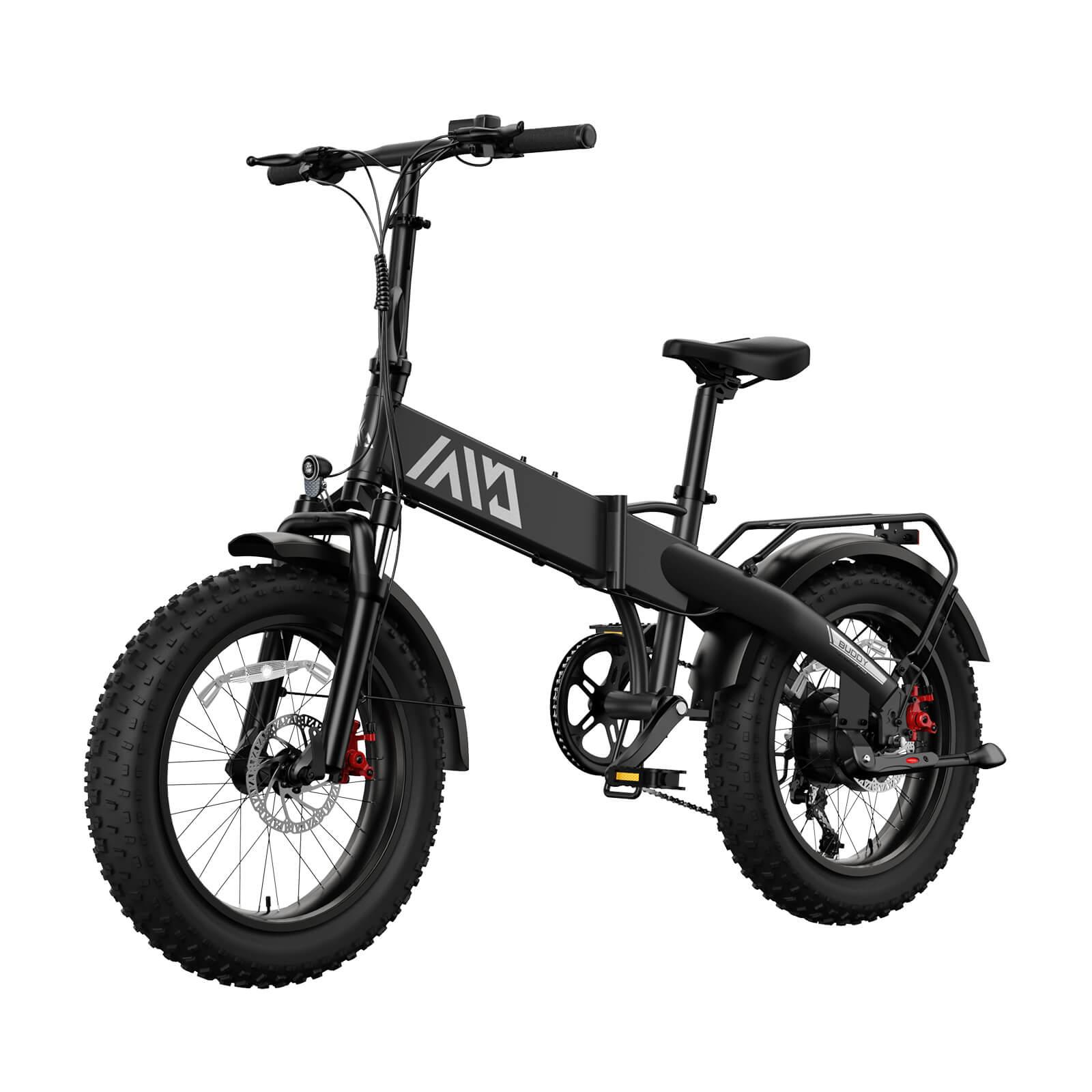
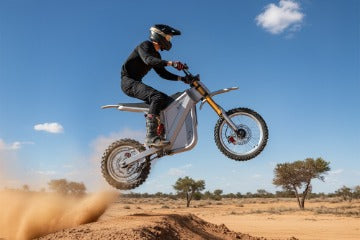
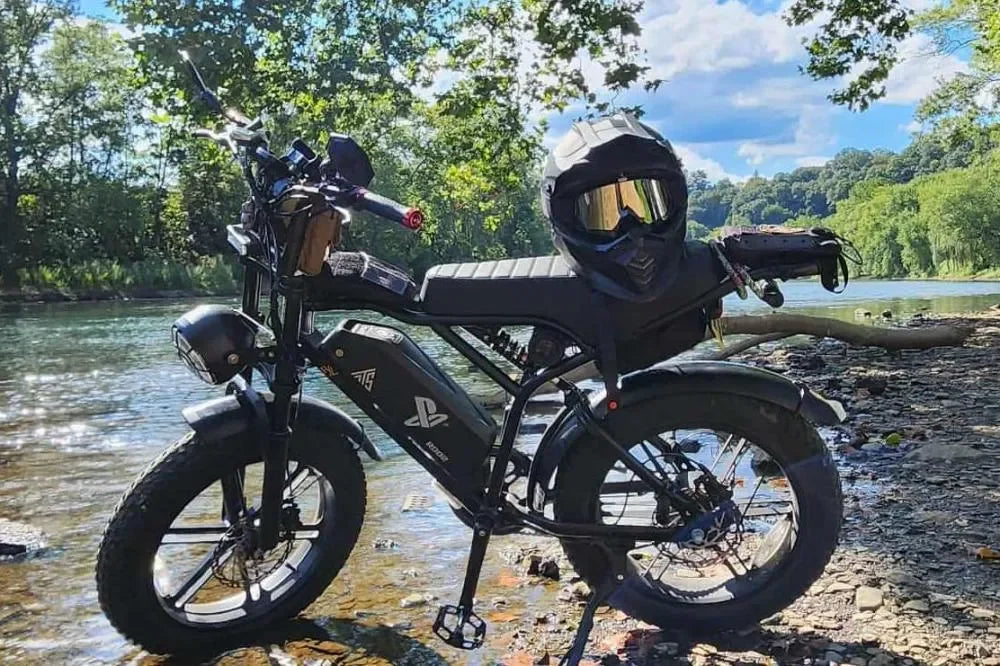
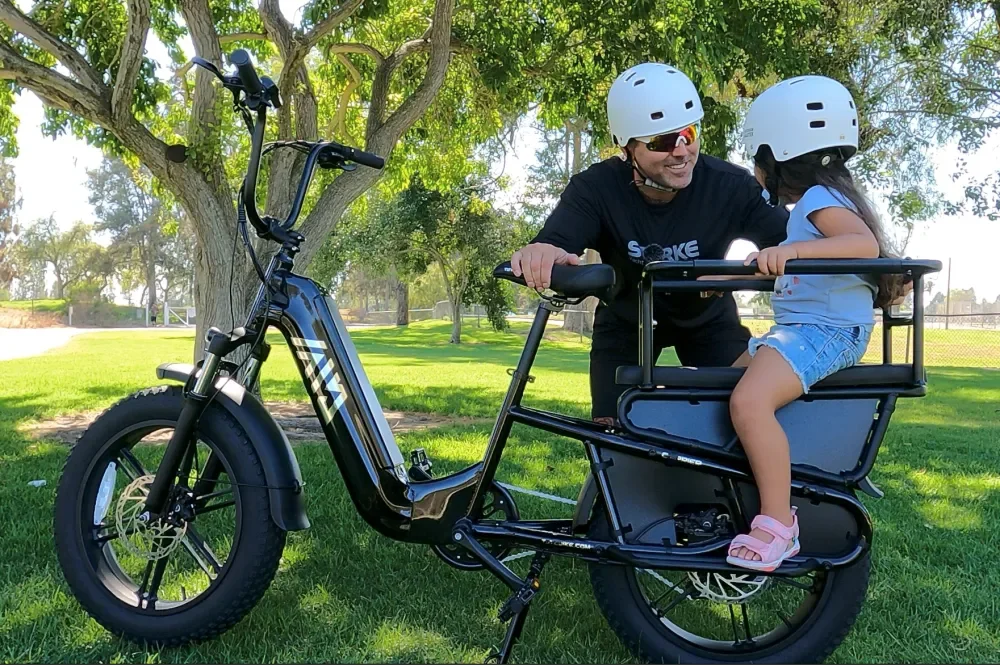
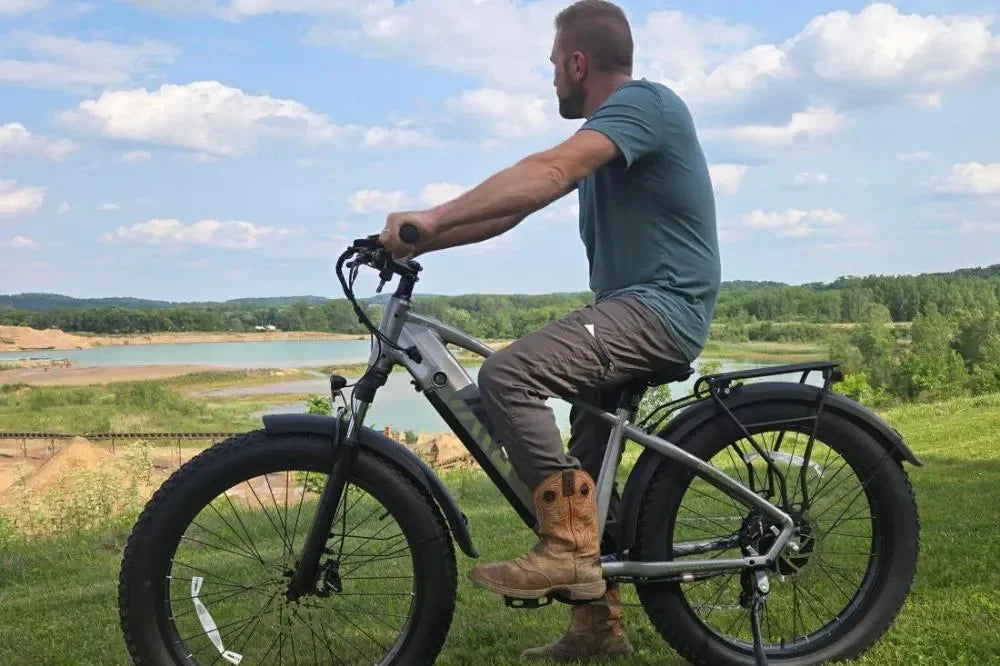
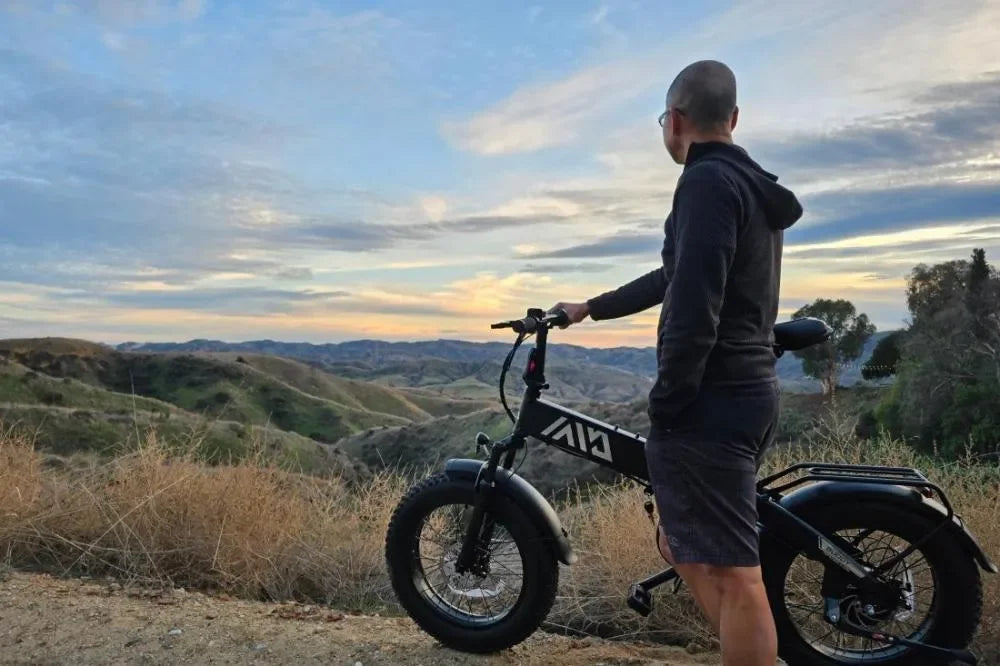
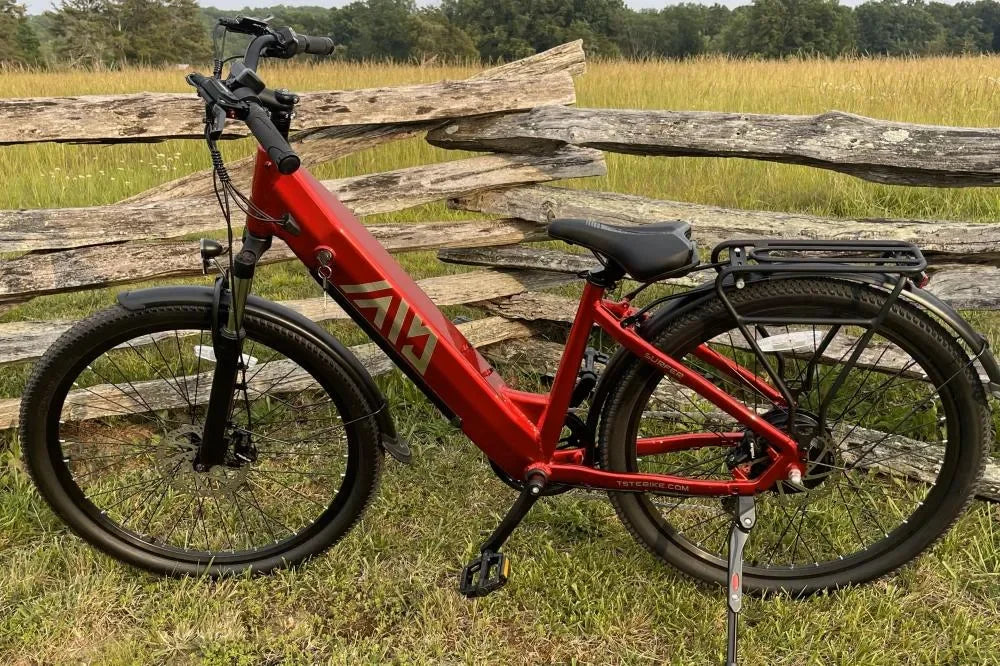
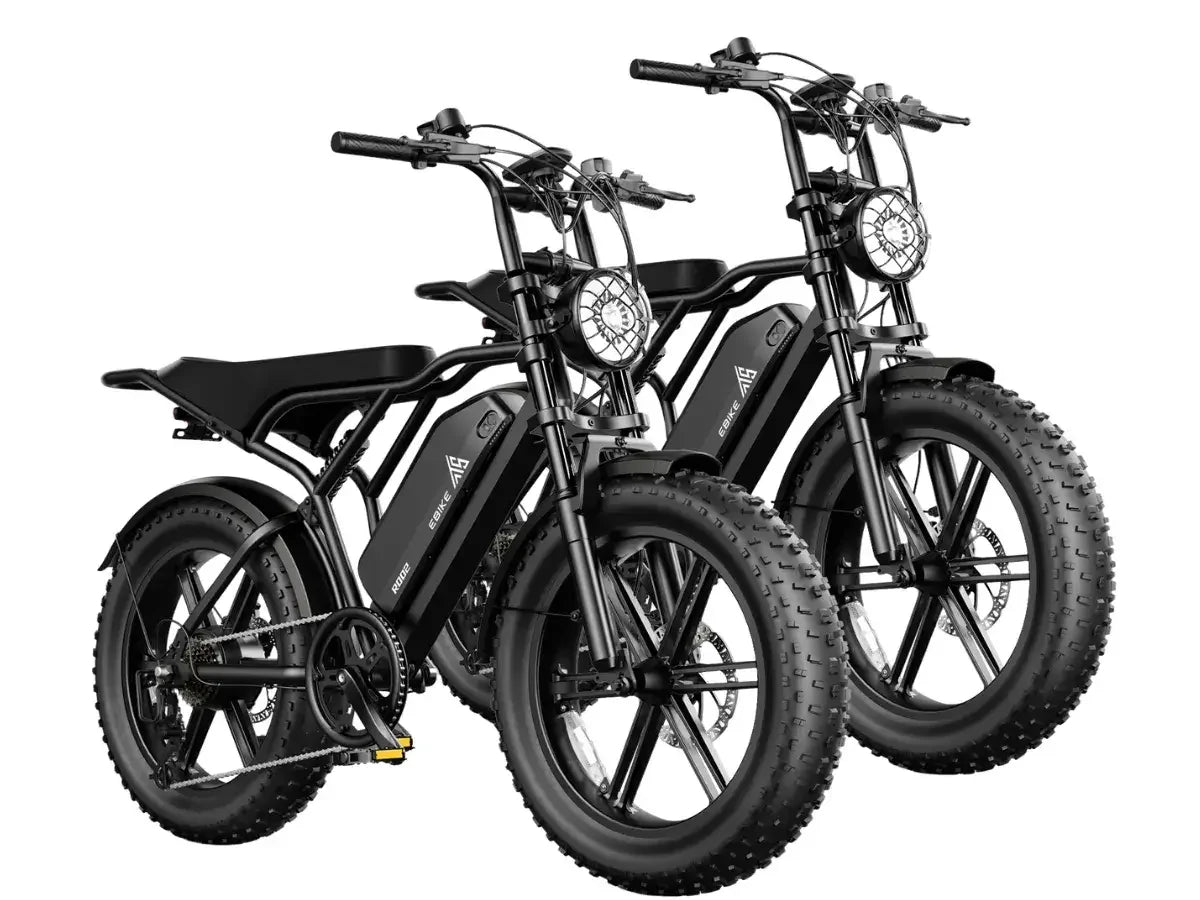
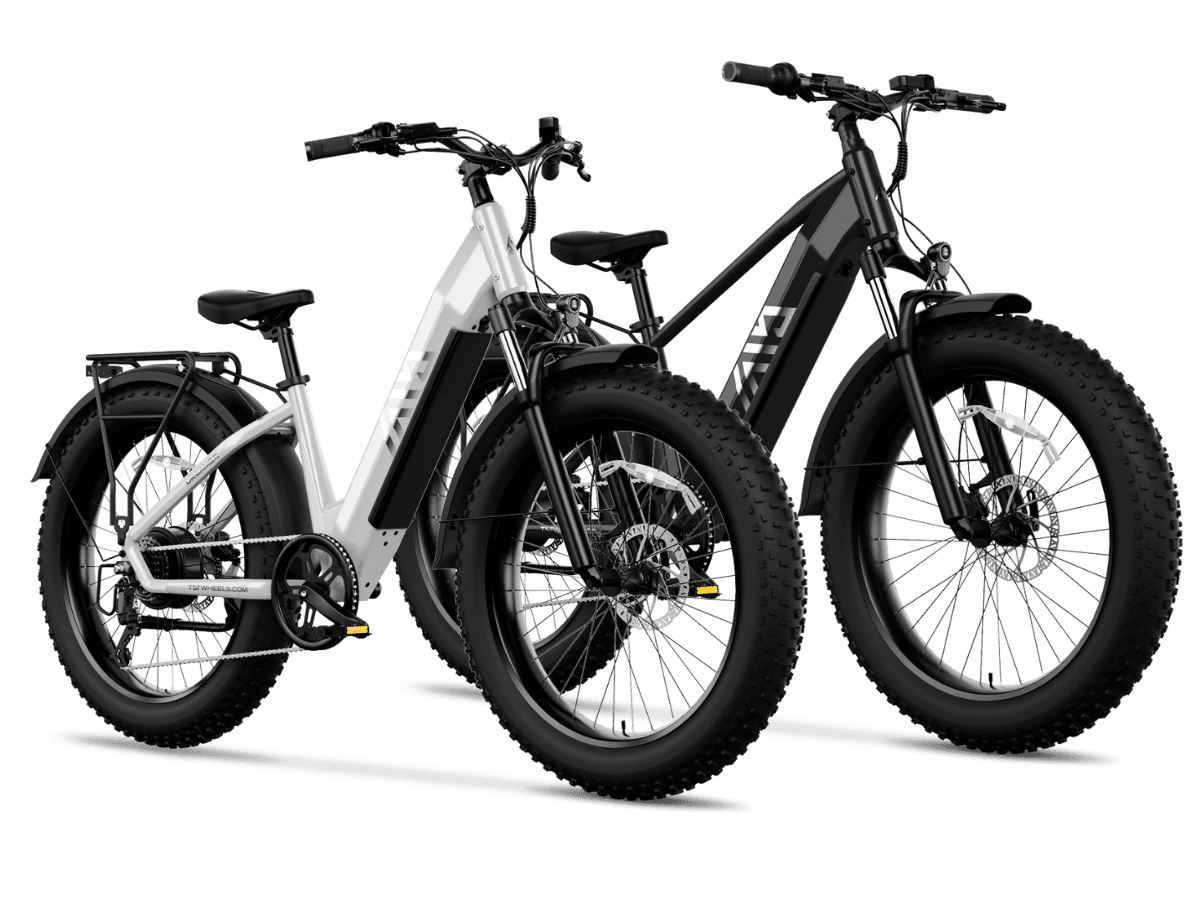
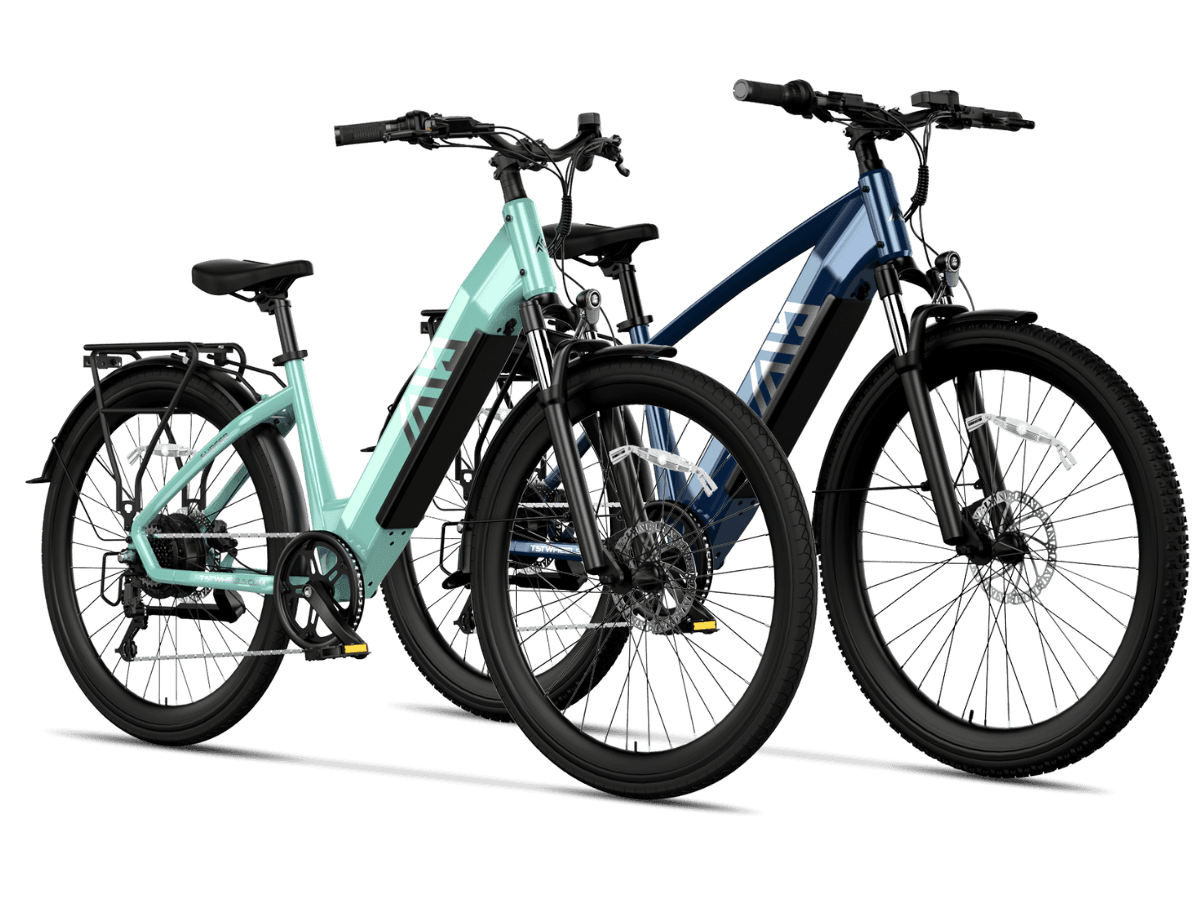
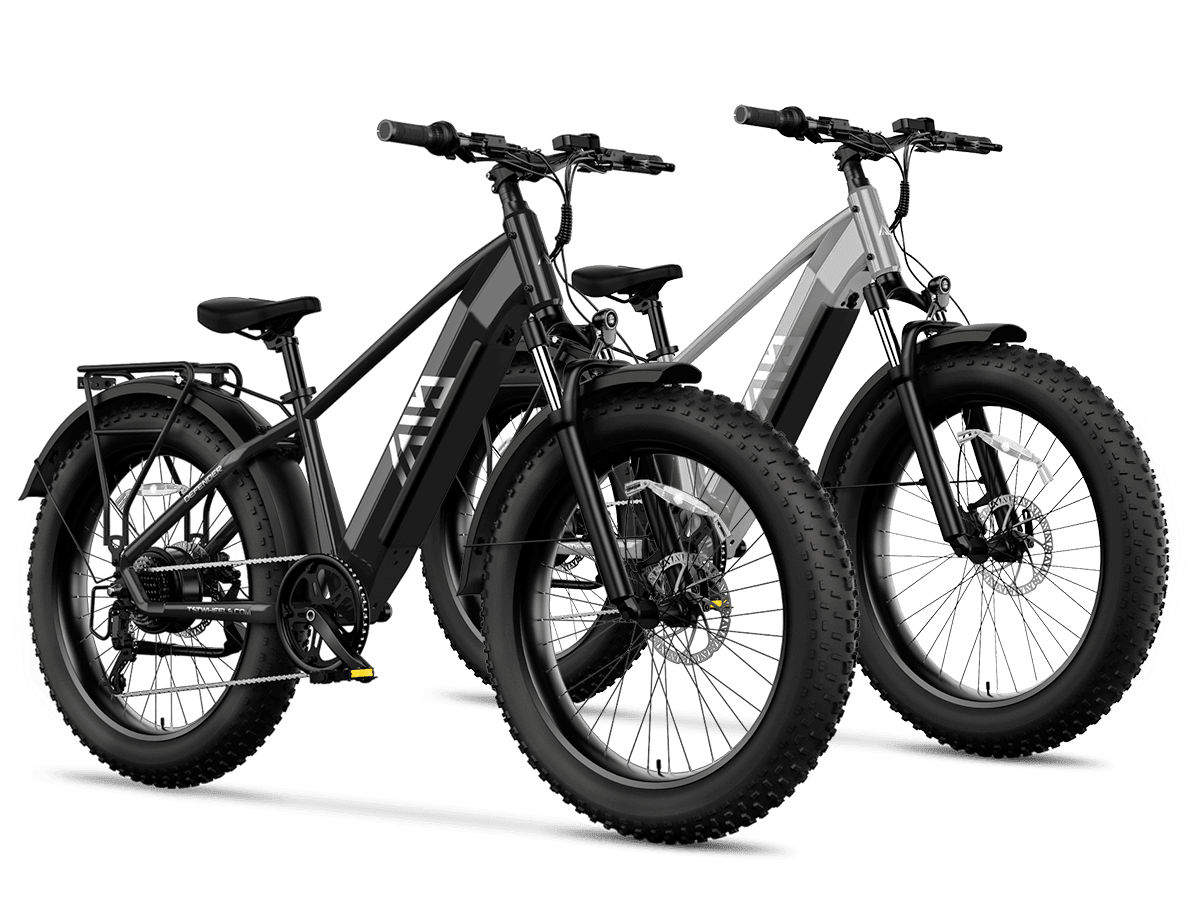
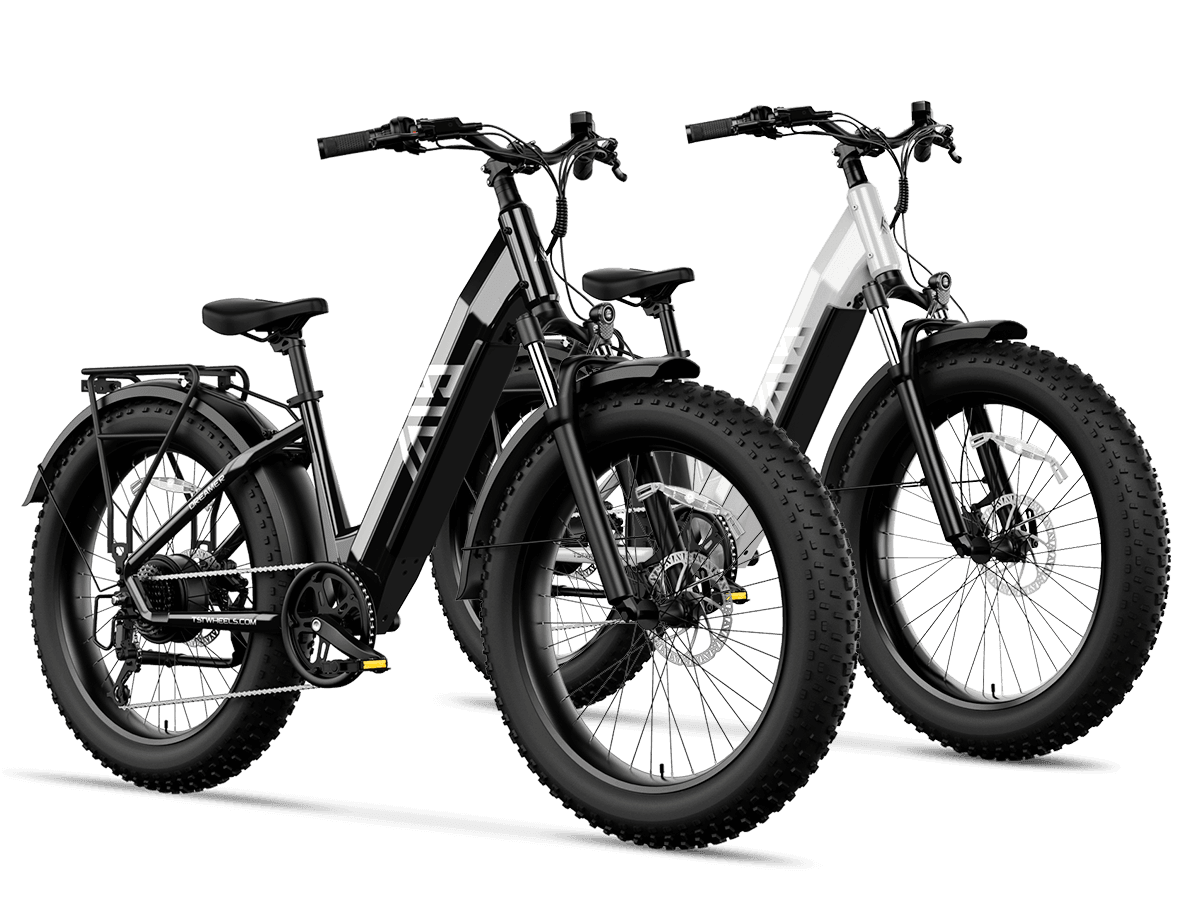
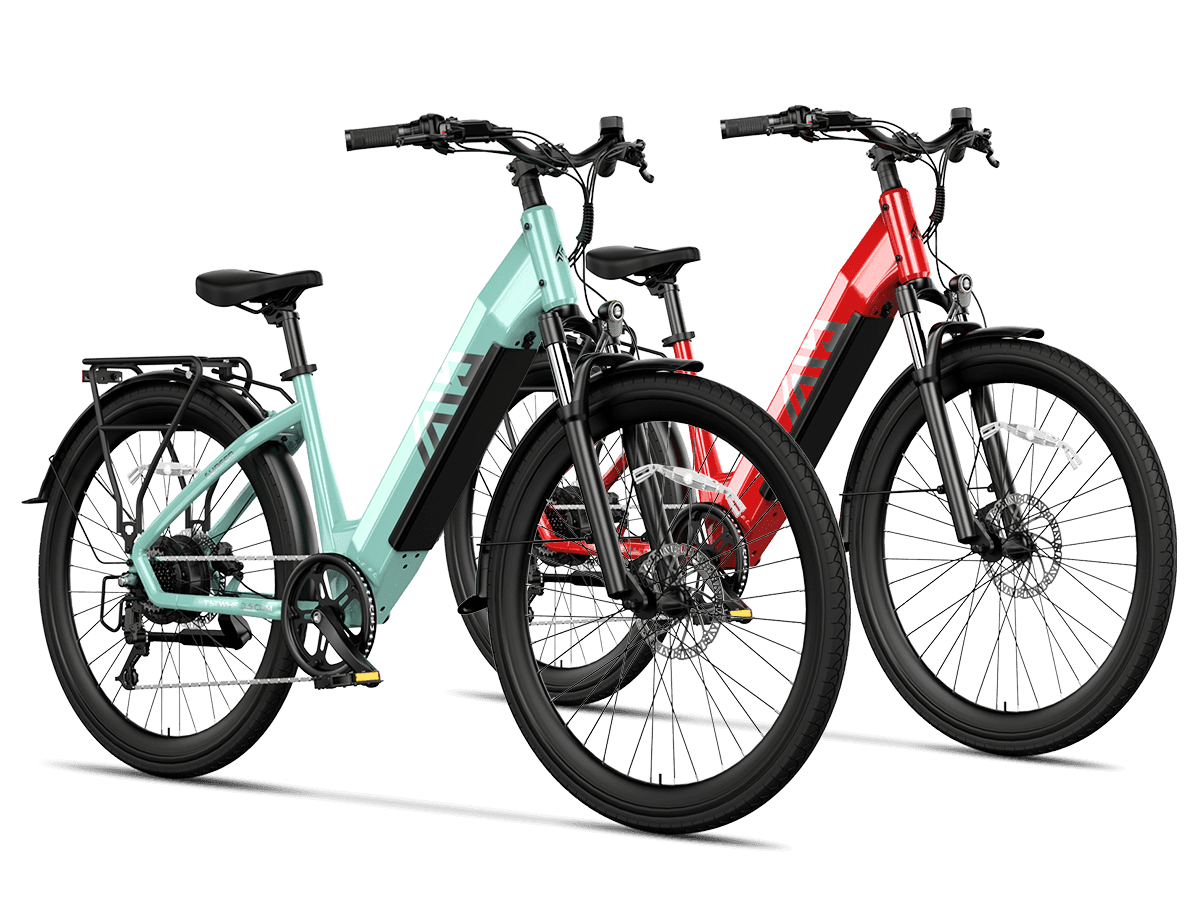
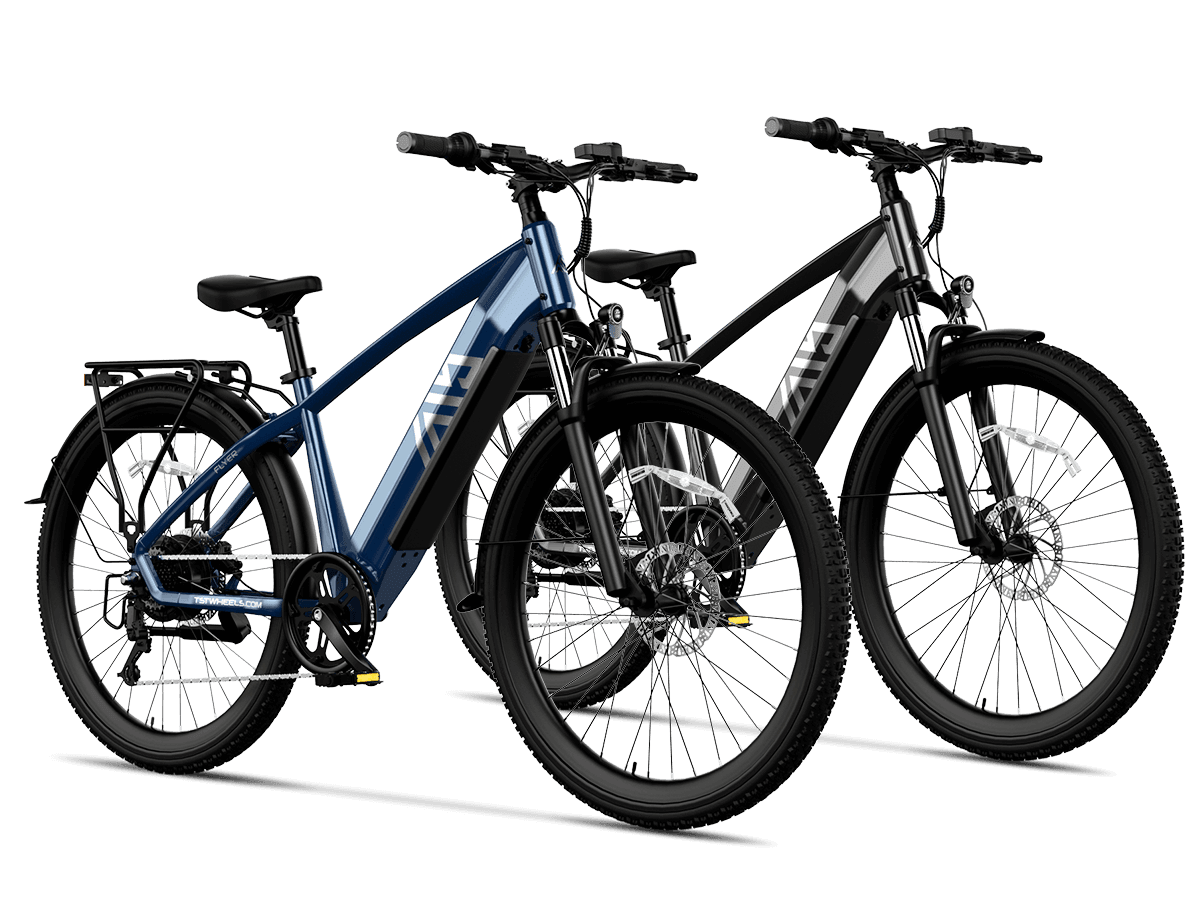
Leave a comment
All comments are moderated before being published.
This site is protected by hCaptcha and the hCaptcha Privacy Policy and Terms of Service apply.